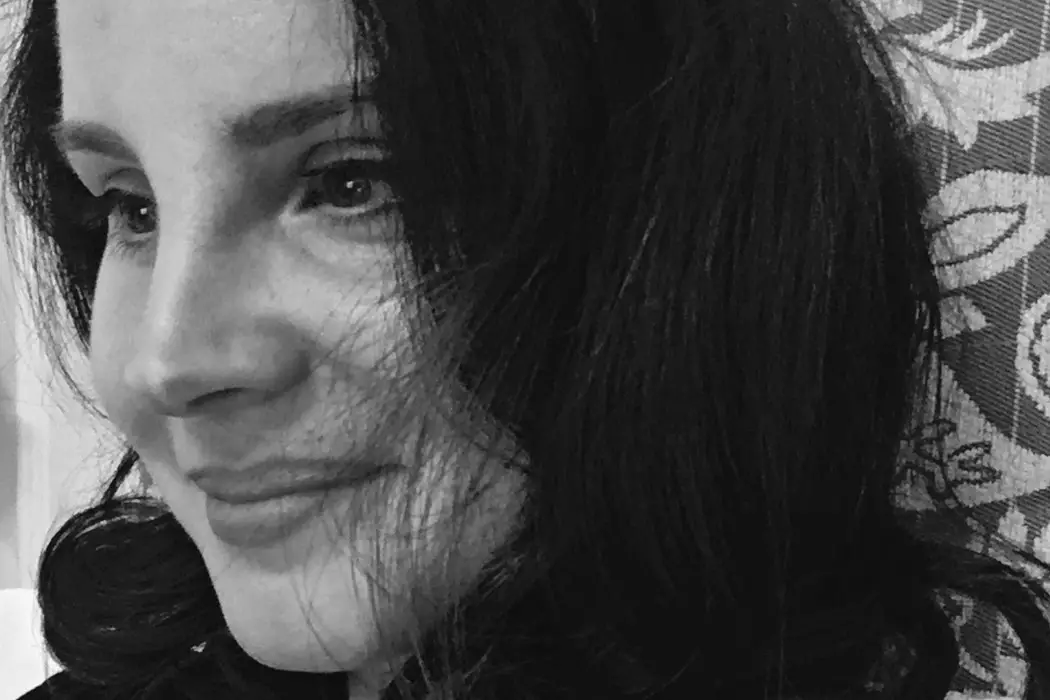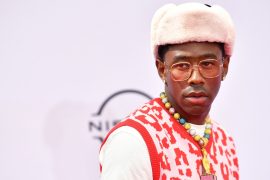Soft, sorrowful and radiating with heartfelt sincerity, Lana Del Rey’s “Hope Is a Dangerous Thing for a Woman Like Me to Have – But I Have It” is a wonderful example of the singer-songwriter-poet’s talent not just in producing music, but also in rebuilding her image with remarkable self-awareness and intelligence.
— —
My old French literature professor had an all-time favourite quote that he’d always introduce new authors and pieces with. “Remember: ‘I is another‘,” he used to say, citing nineteenth-century Symbolist poet Arthur Rimbaud, who was only seventeen when he captured something truly fundamental about the human psyche in that short, to-the-point phrase. It is impossible to know yourself entirely, he said; no matter how much time you spend thinking about and trying to define who you are, that exploration will never be perfectly complete or accurate, since you can’t simultaneously be the object and the subject of the reflective process. For my professor, Rimbaud’s pithy words were of especial significance to the interpretation of auto-biographical works. “I is another” – the lyric persona, the “I” of poems, novels, and even song lyrics, is not to be confused with the author him- or herself. Even in the most openly, blatantly autobiographical works, the “I” of the text will always be somewhat different from the author; the image that the artwork presents is always a creation, a manipulation, and thus, part of the artwork itself – or indeed an artwork on its own.
There are two reasons why I thought it interesting – or perhaps even necessary – to begin this review on such a literary-philosophical note. First, the literary world – intertextual allusions and references – play a very important role in the Del Rey universe; second, I couldn’t think of a modern day artist who handles her self-image with better care or more intelligence. From her 2011 debut onwards, the 33-year-old Elizabeth Woodbridge Grant has appeared in more forms and has taken up more roles than we could possibly count, from young, fragile, Bambi-eyed ingenue (“This Is What Makes Us Girls”) to a strong, reflective, purposeful hippie queen (“When The World Was At War Before We Kept Dancing”). Throughout the years, one thing and one thing only remained constant: Lana Del Rey’s ability to transition from one persona to the other in a remarkably seamless fashion, all the while maintaining an exceptional level of effortlessness and never letting her various (new) identities feel in any way contrived or conflicting.
For her sixth album, Norman Fucking Rockwell, set to be released early this year, Lana Del Rey seems to have taken yet another turn in developing her image. Her previous record, Lust for Life, was praised not only for its fresh, more complex sound and its optimistic outlook, but also for finally going beyond and breaking out of the relatively “small range of emotions” (abandonment, heartbreak, loneliness, melancholia) that defined her songs for years. But while Lust for Life certainly marks a great step forward in terms of maturity as an author and as a musician, it lacks the overwhelming self-awareness and personal nature that was so crucial to earlier songs; the Lana image of the 2017 record was unusually “selfless,” focused much more on the collective than the individual – which, of course, is not a problem or a shortcoming, but simply a quality that reflects Del Rey’s talent as an ever-changing, incredibly diverse artist.
“hope is a dangerous thing” – Lana Del Rey
Her newest song, “Hope Is a Dangerous Thing for a Woman Like Me to Have – But I Have It,” is yet another – equally brilliant – example of how easily Del Rey can reinvent herself while maintaining full control over her image and never compromising authenticity. Soft and sorrowful, “Hope Is a Dangerous Thing…” retains the simple piano melodies and tender vocal delivery that have been key elements of Del Rey’s music since “Video Games.” But behind the similarities of sound and rhythm, two very different – almost contrasting – Lana images emerge.
I was reading Slim Aarons
And I got to thinking that I thought
Maybe I’d get less stressed,
if I was tested less like
All of these debutantes
Smiling for miles in
pink dresses and high heels
On white yachts
But I’m not
Baby I’m not

“Hope Is a Dangerous Thing…” shows a Lana we have never seen before. There’s a sense of double-ness to this new image: she appears both as a grown woman, reflecting back on her past with bitterness and grief, as well as a fearful child still battling the monsters under her bed. In many ways, she’s the opposite of her earlier Lolita-self: an adult with the fragility and vulnerability of a young girl, altogether different from the Nabokov-inspired character. And while the literary image Del Rey calls upon here is much more tragic – she invokes Sylvia Plath’s heartbreaking story – it also shows staggering self-awareness and maturity. She no longer shies away from her demons, but has the courage to own up to their existence and realise, if not accept, that they’re part of who she is – as is the endless battle against them:
I’ve been tearing up town in my fucking white gown
Like a goddamn near sociopath
Shaking my ass is the only thing that’s
Got this black narcissist off my back

These lines radiate with the heartfelt, poignant sincerity that characterises the whole track, and which reaches its climax at the very end, culminating in the powerful expression of a new sentiment: hope.
Hope is a dangerous thing
For a woman like me to have –
But I have it
Lana’s final, incredibly impactful words and their quiet but relentless optimism reshape the song entirely. Hope transforms pain into experience, suffering into knowledge, mournfulness and melancholia into wisdom, introducing a fresh chapter in the Del Rey story. Lana Del Rey is stronger than ever, ready to rock the world with Norman Fucking Rockwell – and I can’t wait to find out what the future holds for the singer and her colourful characters.
— —
:: stream/purchase Lana del Rey here ::
— — — —

Connect to Lana Del Rey on
Facebook, Twitter, Instagram
Discover new music on Atwood Magazine
? © 2019








